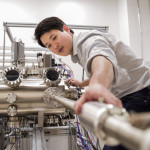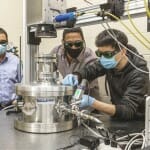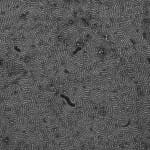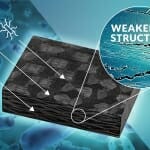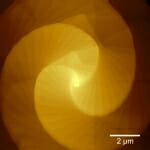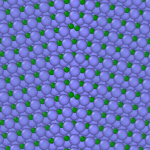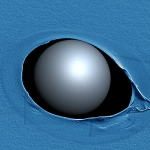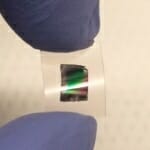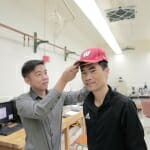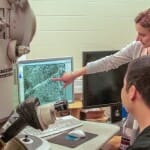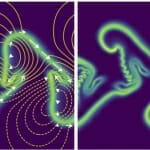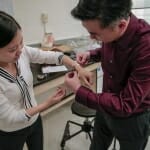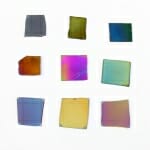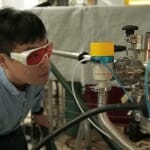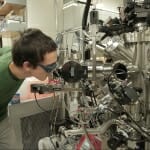Tag Materials science
UW will launch materials engineering research initiative with major NSF sponsorship
UW's Materials Research Science and Engineering Center bring together teams of researchers from diverse backgrounds to better understand disordered materials, including various types of glass, as well as the emergence of order from disordered materials.
Dramatically reducing defects, new technique opens applications for 3D-printing metal parts
UW researchers have discovered a way to enable a prominent additive manufacturing technique called laser powder bed fusion to produce metal parts that have significantly fewer defects.
Flexible, easy-to-scale nanoribbons move graphene toward use in tech applications
Silicon-based fiber optics are currently the best structures for high-speed, long distance transmissions, but graphene — an all-carbon, ultra-thin and adaptable material — could improve performance even more.
Materials science is a natural fit for Wisconsin manufacturing
Not only are top UW–Madison materials science students sought after by industry, but breakthroughs in materials developed at the university often have direct impacts on local businesses.
Common microbes team up to degrade polymer composites
The study may help structural engineers to understand environmental stressors of polymer composite materials and how to design them to resist microbial degradation.
Nanomaterial bests all others in blocking speeding projectiles
In the future, these new types of armor could potentially be used as a shield on military vehicles to provide enhanced protection from bullets, as well as on spacecraft to mitigate impacts from meteorite debris.
Educational engineering games take stay-at-home kids to the next level
UW–Madison engineers and Field Day Lab game designers have developed options for productive screen time for kids at home during the COVID-19 pandemic.
Advance could enable remote control of soft robots
UW-Madison researchers demonstrated a method for using magnetic fields to remotely induce soft composite materials to rearrange their internal structure into a variety of new patterns.
Crystal-stacking process can produce new materials for high-tech devices
To grow layers of single-crystal oxides for electronic components requires neighboring layers to interlock like Lego blocks. A new method throws out that limitation, producing new capabilities for data storage, sensing, energy technologies, biomedical devices and many other applications.
Electric tech could help reverse baldness
Reversing baldness could someday be as easy as wearing a hat, thanks to a noninvasive, low-cost hair-growth-stimulating technology developed by UW–Madison engineers.
A splash of silver turns diamond films shades of green, blue or purple
A UW–Madison researcher has succeeded in creating an array of colorful thin diamond films, which will help explore light-powered chemical reactions catalyzed by diamond.
A little less protection could bring about long-lasting solar cells
New research at UW–Madison helped researchers achieve the longest-ever useful life of a key component of some types of photovoltaic cells called the photoelectrochemical electrode.
Beyond silicon: researchers solve a materials mystery key to next-generation electronic devices
UW-Madison researchers have provided evidence of a hole gas coexisting with two-dimensional electron gas, a key discovery for oxide electronics.

